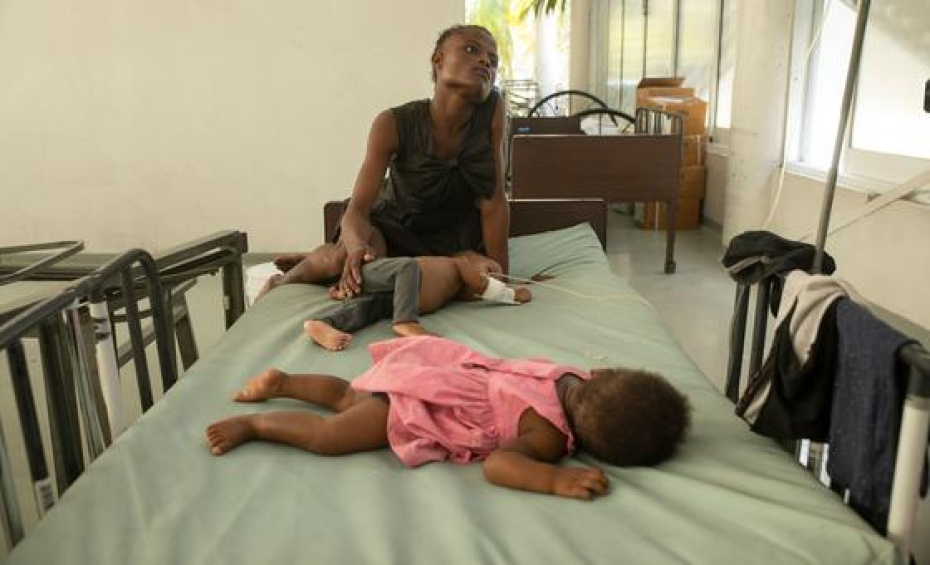Analysis by the Joseph Rowntree Foundation (JRF) yesterday found that some 710,000 households are unable to heed the advice of the UK Health and Security Agency for vulnerable people to warm their homes to at least 18°C, wear extra layers and eat hot food to protect themselves.
A fifth of all low-income households are going without food and heating, with 4.3m people having already curbed their spending on heating even before the cold spell hit.
More than 7m households have gone without at least one of the essentials since June, according to the JRF.
Around 2.4m households have borrowed money or used credit to afford their bills so far this year.
JRF senior economist Rachelle Earwaker said that the government “must see that families won’t be able to get through the winter” on the current levels of support.
She said: “We’re still experiencing historically high inflation and the prices of essentials are still soaring.
“Energy bills, while capped, are still almost double what they were last winter.
“Housing shortages, rising rents and mortgage payments are overburdening budgets across the country.
“The dangerously cold weather on the horizon is cause for concern.
“People are being forced to wager their financial health and whether they can afford more debt, against their wellbeing without sufficient heat, clothing or hot food.”
Ms Earwaker added that the basic social security level is “woefully below” the level that would allow people to afford essentials.
The JRF is urging the government to change universal credit and increase the basic rate of support.
End Fuel Poverty Coalition co-ordinator Simon Francis hit out at the government for “standing by, happy to watch the most vulnerable struggle in fuel poverty.”
He told the Star: “The government could solve this at the stroke of a pen.
“Close the windfall tax loophole which would raise £22 billion and provide the urgent support to those who need it.”
Fuel Poverty Action warned that the situation was desperate and that people will lose their lives as a direct result of government policies.
A government spokesperson said its priority will “always be to support the most vulnerable” and that it is providing support for millions.
By Rebecca McGrath@rebeccamjourno
A DOZEN warm banks are taking in people in Wirral who cannot afford to heat their homes, new figures show.
The figures come as a leading anti-poverty charity cautions that hundreds of thousands of people on low incomes are at risk during the extreme low temperatures hitting the UK.
The soaring cost of fuel and basic essentials has led to the rise of so-called 'warm banks' – locations such as churches and libraries which people can visit if they are struggling to afford heating.
Warm Welcome, a campaign group, has compiled a map of warm spaces across the UK – with 12 open in Wirral as of December 1.
The charity said nearly 2,700 warm banks were open across the country at this time, including 337 in the North West.
They come in various shapes and sizes, and may provide other support – such as food, hot drinks, and internet access.
The charity says that more spaces are opening every day across the country, and that it is working hard to register new organisations that are helping out – meaning that the real figure could be higher.
David Barclay, manager of the Warm Welcome campaign, called it "unacceptable" that people are being forced to decide whether to heat their homes or eat.
But he said that the response from civil society has provided "cause for hope" – with the number of warm spaces rising significantly from just 350 at the start of October.
Mr Barclay added that warm banks could also have a role in the fight against loneliness in the UK, providing vulnerable people with community support.
The figures come as a cold snap grips the UK.
The UK Health Security Agency has issued a cold weather alert from Wednesday, December 7 to Monday, December 12, saying that those at risk should heat their most-used rooms to at least 18 degrees, wear extra layers, and have plenty of hot food and drinks to keep warm.
But a new report from the Joseph Rowntree Foundation, an anti-poverty charity, estimates that more than 700,000 people on low incomes across the UK cannot afford these necessities.
Rachelle Earwaker, a senior economist at the charity, said that vulnerable people were having to "wager their financial health against their wellbeing" during periods of dangerously cold weather.
She urged the Government to "help everyone who needs it this winter", cautioning that energy bills are still almost double what they were at this point last year – even with the Government's energy price cap.
A spokesperson for the Department of Levelling Up, Housing and Communities said: “We know the pressures people are facing with rising costs, which is why we have continually taken action to help households by phasing in £37 billion worth of support.
“This includes £1,200 to help pay their bills and the two-year Energy Price Guarantee, that will save a typical household £1,000 annually."






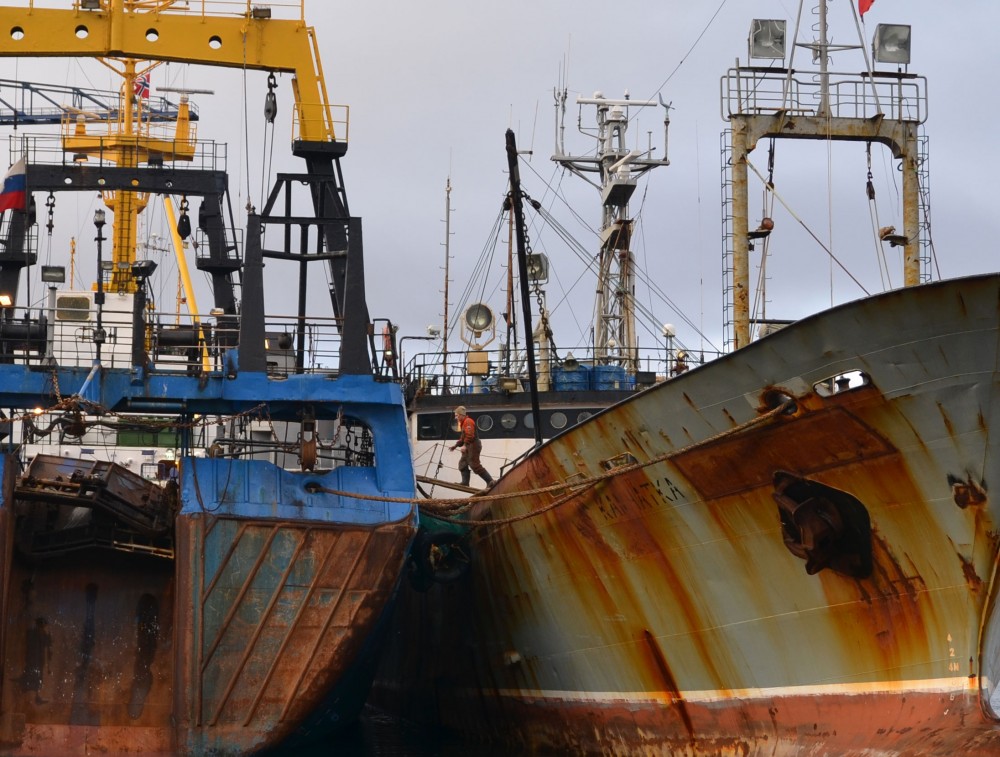
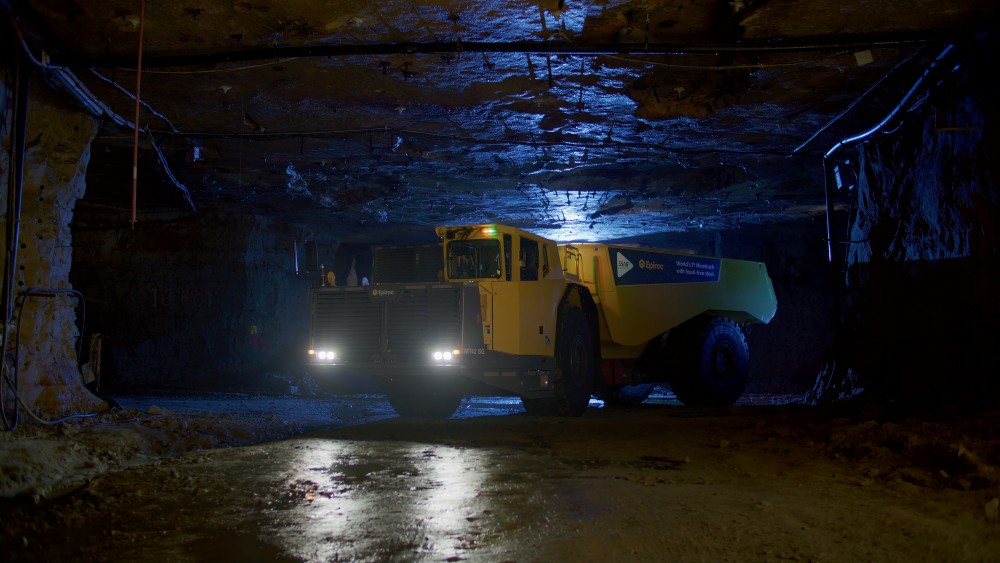
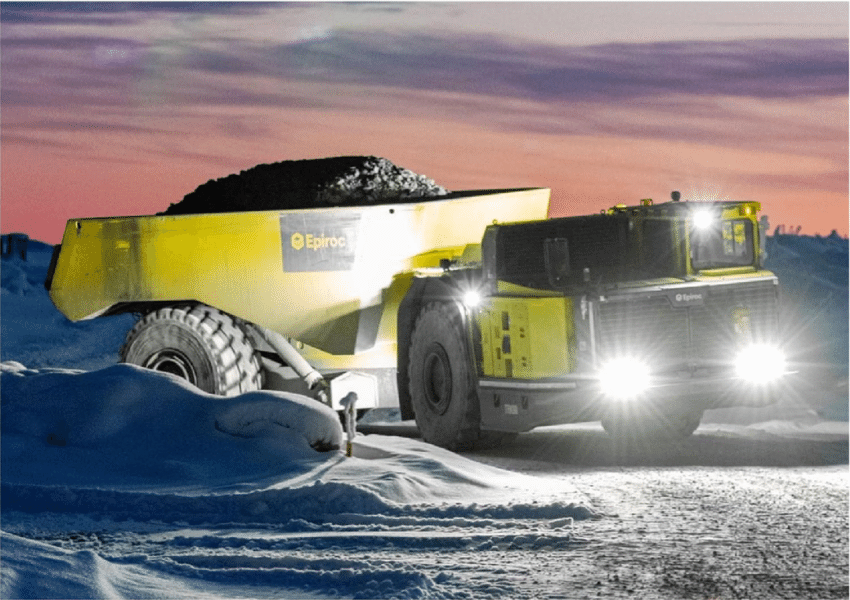
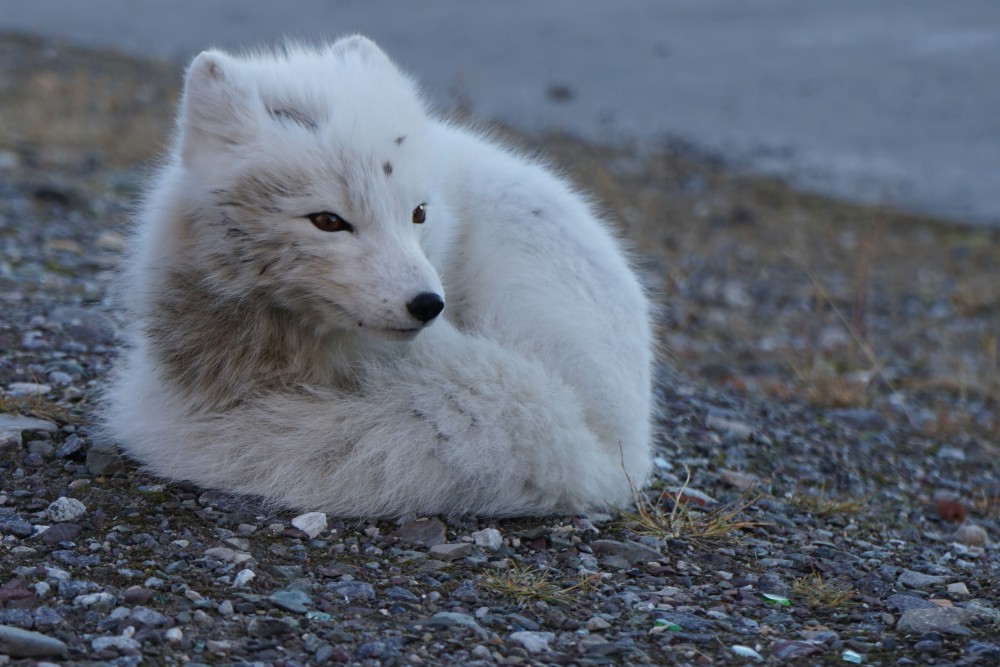

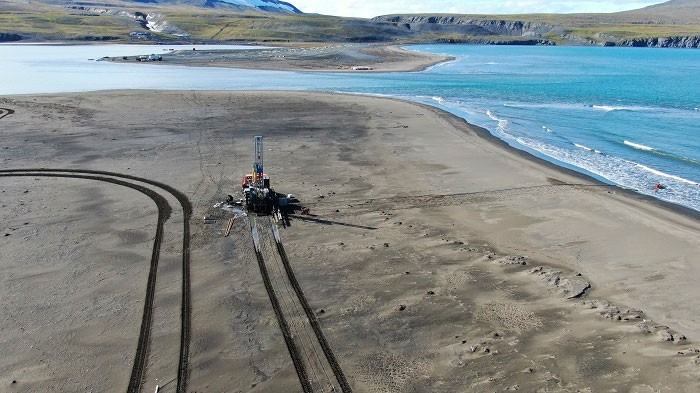
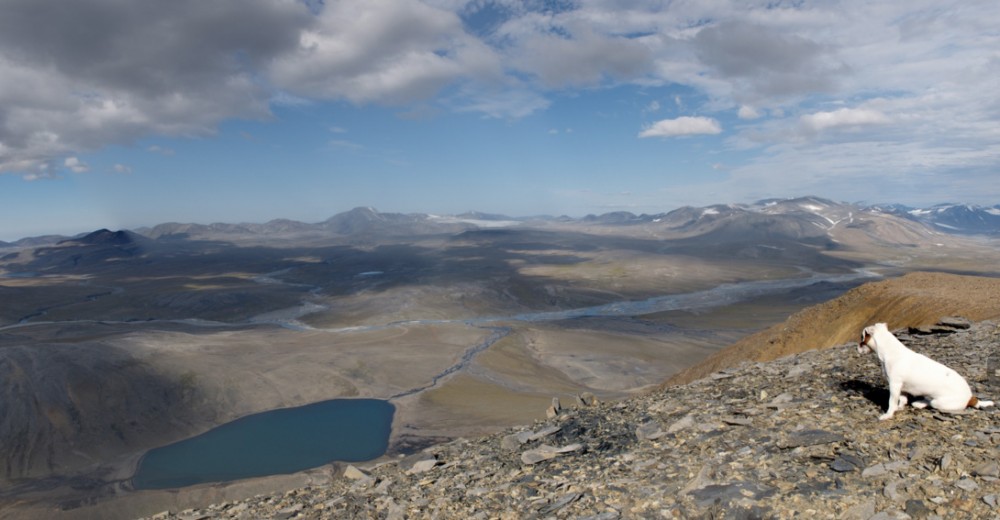
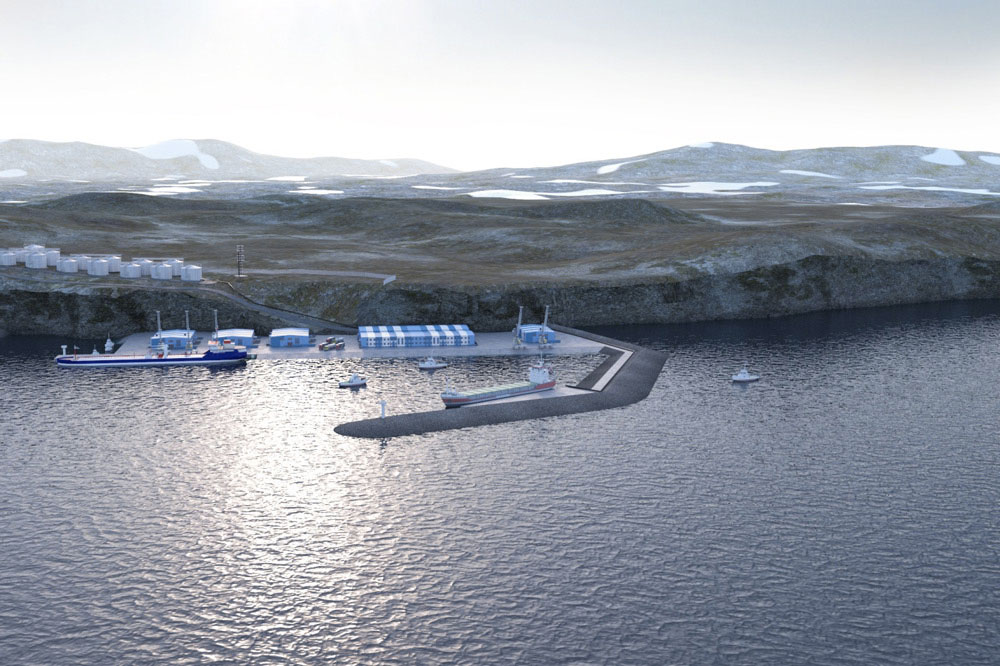
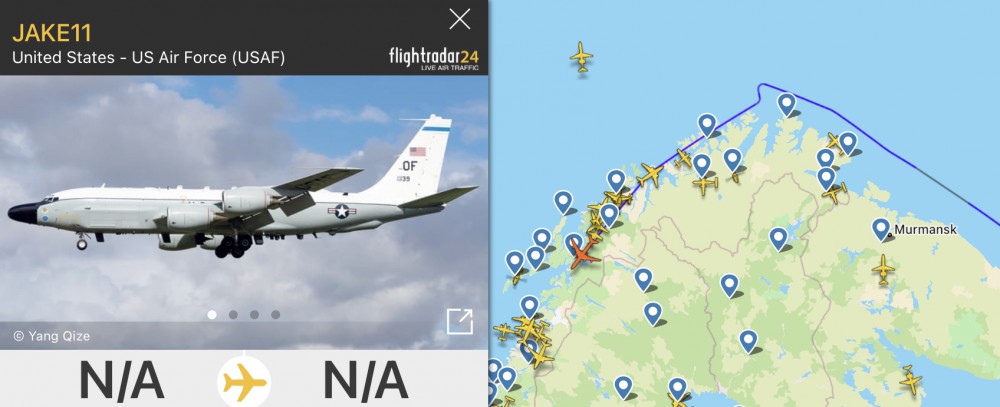
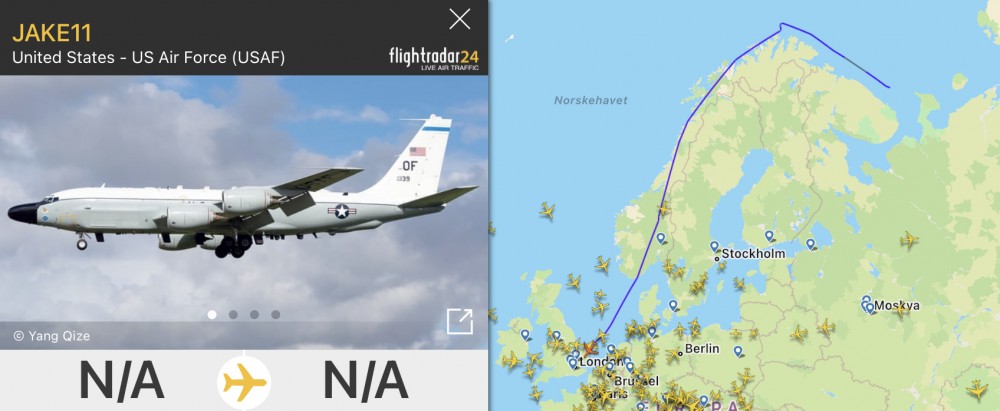
 Russia has closed off two larger areas in the north for the period November 3 to 5. One Notice to Air Missions (NOTAM) is activated over the Barents Sea west of Novaya Zemlya, while another is active over the White Sea north of Arkhangelsk. Source: NotamMap / Barents Observer
Russia has closed off two larger areas in the north for the period November 3 to 5. One Notice to Air Missions (NOTAM) is activated over the Barents Sea west of Novaya Zemlya, while another is active over the White Sea north of Arkhangelsk. Source: NotamMap / Barents Observer